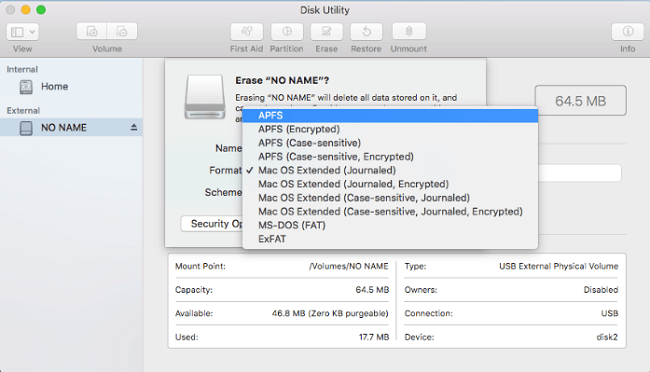
- #Open mac files while transferring to external hard drive mac os x
- #Open mac files while transferring to external hard drive driver
- #Open mac files while transferring to external hard drive password
- #Open mac files while transferring to external hard drive Pc
#Open mac files while transferring to external hard drive mac os x
Press "Command-Q" when the scan completes, and then press "Command-Q" again to quit the Mac OS X installer. Select the new backup from the device pane when the process completes, select "Images," and then click "Scan Image for Restore." Wait for the scan to run. It usually takes about a minute for 1 GB of data to be imaged to the external hard drive.
#Open mac files while transferring to external hard drive password
When prompted, enter a password to protect the image.Ĭlick the "Save" button and enter your administrator password. Choose the 'Hardware' tab, which will display the list of all disks mounted on the particular computer. Right-click the external drive icon and choose 'Properties' from the drop-down menu. Select "128-bit" or "256-bit AES" from the encryption menu to add security to the backup. Open 'Windows File Explorer' and locate your external hard drive. Click the "New image" button, and then give the new image a name you'll remember easily. Select the disk you connected to the computer from the source pane and click "Verify Disk" to check for hard drive problems.Ĭlick the "Repair Disk" button to repair the hard disk if an issue is found. Select your language and choose "Disk Utilities" from the "Utilities" menu.

Hold the "C" key to start the system from the disc. Insert your Mac OS X disc into the CD/DVD-ROM and restart your computer. Get a drive that has more capacity ("is larger") than the boot drive.Connect an external hard drive to the computer using the USB cable and wait for the drive's icon to appear on the desktop. Get another external drive if need be, but you MUST do a backup or you ARE putting your data at serious risk. LIke RIGHT NOW.įirst and foremost you really, REALLY, REALLY need to make a backup. There's no hard-and-fast rule of how much you should have, but if the figure you get back is anything less than 20GB you should be worried and start planning immediately to figure out a) what files you can offload elsewhere or just get rid of, OR b) where to buy a bigger hard drive. To check how much storage space you have available, you can simply open any Finder window (say, for example by double-clicking on the hard drive) and the figure is at the bottom of the window. Running out of storage is BAD and will cause BAD THINGS to happen (data loss) if you continue. A "start up disk is full" message means you are running out of STORAGE space, not memory.Ģ. You should OF COURSE make a full, separate backup of the entire iPhoto Library to another drive BEFORE doing any of this. You may wish to (at some later point) create a smaller "on the go" library of pictures in the place where the "old" library was so you can access some pictures when you use the laptop away from home. CAUTION: do not open iPhoto unless the external drive is ON and visibly mounted on your desktop. Now iPhoto thinks the default library is on your external drive, and it is safe to delete the old one. In that dialog, navigate to the "new" iPhoto Library (the one you moved on the other drive) and simply select it.ģ. To obtain access to editing, modifying, copying, transferring, or even deleting files or file.
#Open mac files while transferring to external hard drive driver
It ensures that no bug in the third-party driver can damage your Mac-formatted drive and the files on it. Transfer or Copy Files from Mac to External Hard Drive. This application’s read-only nature isn’t necessarily a bad thing.

dmg disk images to get at the files inside them.
#Open mac files while transferring to external hard drive Pc
This will produce a dialog box asking if you want to create a new iPhoto Library (you don't) or open one (yes). But you can open HFSExplorer, read a Mac-formatted drive, and copy the files to your Windows PC without paying a dime. Open iPhoto while holding down the Option key.

COPY (not move, COPY) the entire iPhoto Library package (file) to the external drive.Ģ. It would probably be wiser (not to mention easier) to just move the entire iPhoto Library to the external drive. The "start-up" disk is your internal hard drive.


 0 kommentar(er)
0 kommentar(er)
